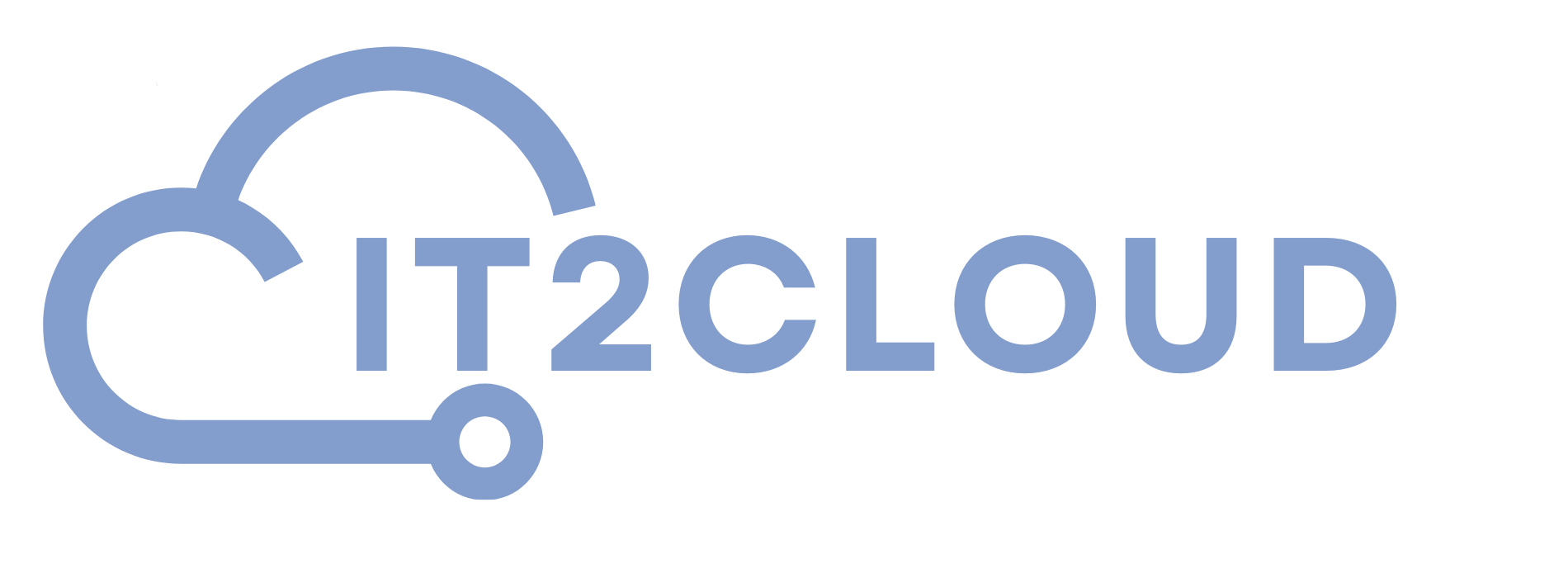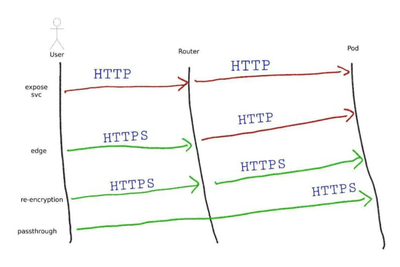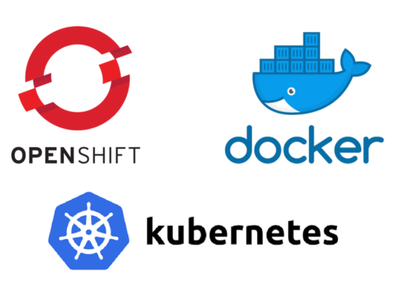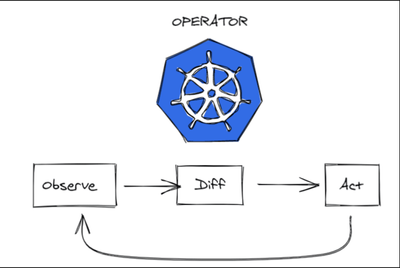
Challenge
Deploying a Software-as-a-Service (SaaS) platform on OpenShift within Google Cloud presents multiple challenges, particularly in designing a highly scalable, multi-tenant architecture that ensures workload isolation, security, and operational efficiency. The key objectives included:
- Multi-Tenancy & Scalability: Enabling seamless tenant onboarding while ensuring efficient resource allocation, dynamic scaling, and isolation of workloads.
- High Availability & Resilience: Ensuring business continuity with automated failover, multi-region redundancy, and self-healing capabilities.
- Security & Compliance: Implementing robust security measures such as identity management, access controls, data encryption, and network segmentation to protect sensitive customer data.
- Operational Efficiency: Automating deployments, monitoring, and scaling processes to optimize cost and performance while minimizing manual interventions.
Solution
To address these challenges, I architected and deployed a cloud-native SaaS platform on Google Cloud, utilizing OpenShift as the container orchestration platform. The solution leveraged GCP's managed services for scalability, security, and cost efficiency, ensuring a smooth and automated multi-tenant experience.
Key Architectural Components:
- OpenShift on GCP for Container Orchestration:
- Used Google Kubernetes Engine (GKE) with OpenShift to manage containerized workloads dynamically.
- Implemented multi-tenant namespaces with resource quotas and network policies to isolate workloads and prevent resource contention.
- Enabled autoscaling at both pod and cluster levels based on demand.
- Dynamic Tenant Provisioning & Isolation:
- Developed an automated tenant provisioning system that dynamically creates dedicated namespaces, persistent storage, and IAM roles for each customer.
- Implemented network segmentation using OpenShift Network Policies and GCP VPCs, ensuring that tenants are securely isolated.
- Integrated Istio service mesh for advanced traffic routing, observability, and security between tenant workloads.
- Security & Compliance:
- Enforced fine-grained Identity and Access Management (IAM) policies to control access at the project, namespace, and service level.
- Implemented end-to-end encryption (TLS for data in transit, AES-256 for data at rest).
- Configured GCP’s Security Command Center for real-time vulnerability detection and threat mitigation.
- Leveraged Binary Authorization to enforce only signed and verified images into the OpenShift cluster.
- CI/CD & DevOps Automation:
- Implemented GitOps workflows using ArgoCD to enable continuous deployment with automated rollback.
- Designed a CI/CD pipeline with Tekton and Cloud Build, ensuring automated testing, security scans, and deployment validation.
- Enabled Blue-Green and Canary deployments for zero-downtime updates, reducing risk during software releases.
- Observability & Monitoring:
- Integrated Prometheus, Grafana, and Stackdriver (Cloud Monitoring) to provide real-time observability across OpenShift workloads.
- Set up centralized logging with Fluentd and Google Cloud Logging, allowing proactive detection of anomalies.
- Enabled self-healing mechanisms using OpenShift Kubernetes Operators and KEDA (Kubernetes-based Event-Driven Autoscaling) for proactive issue resolution.
- Cost Optimization Strategies:
- Designed intelligent workload placement, leveraging GCP’s Committed Use Discounts (CUDs) and Preemptible VMs for cost savings.
- Implemented horizontal pod autoscaling (HPA) and vertical pod autoscaling (VPA) to dynamically allocate resources based on real-time demand.
- Used Cloud Functions and Cloud Run for ephemeral workloads, reducing unnecessary resource consumption.
Results
The implementation of this OpenShift-based SaaS architecture on Google Cloud delivered significant benefits in terms of scalability, availability, security, and operational efficiency:
- Highly Scalable, Multi-Tenant SaaS Platform: Seamless tenant onboarding with automated provisioning and elastic scaling capabilities.
- Cost Efficiency: Optimized cloud spend through intelligent workload distribution, autoscaling, and preemptible resource utilization.
- High Availability & Disaster Recovery: Achieved multi-region redundancy, automated failover, and self-healing capabilities to ensure 99.99% uptime.
- Enhanced Security & Compliance: Leveraged GCP-native security features, including IAM, VPC segmentation, encryption, and vulnerability scanning to meet compliance standards such as ISO 27001, SOC 2, and GDPR.
- Improved Developer Productivity: Reduced deployment times through automated CI/CD pipelines and GitOps workflows, leading to faster feature releases and minimal operational overhead.
By leveraging OpenShift and Google Cloud’s managed services, this SaaS platform was built to handle large-scale, multi-tenant workloads efficiently, ensuring a seamless experience for end users while optimizing costs and maintaining robust security.







Comments